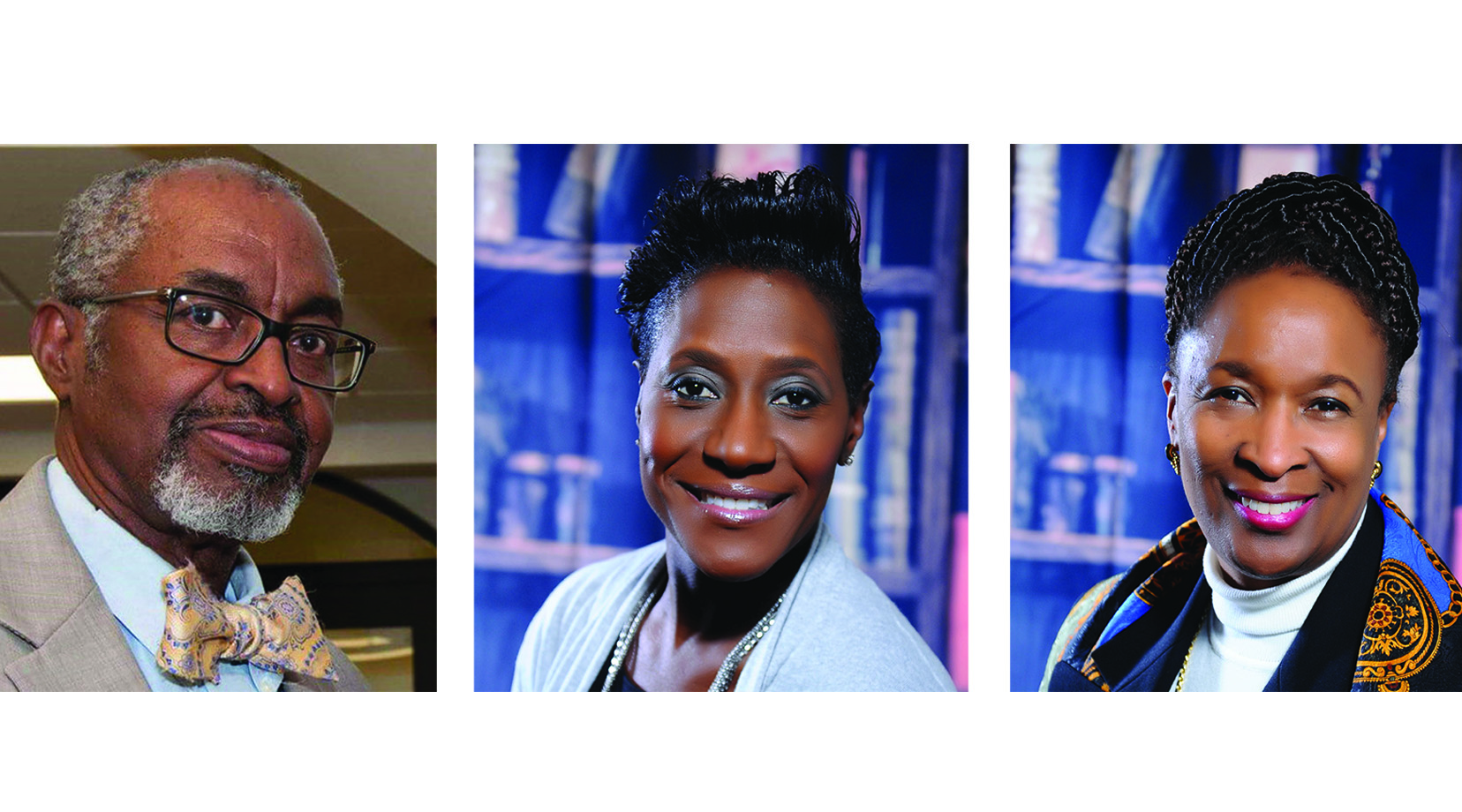
New College Structure and Deans Announced
Executive Vice President and Provost Tony Allen has announced the deans of the new colleges that have been created by the redesign initiative.
“This is an important moment for all of us, as it puts into motion almost 18 months of deliberations, beginning with the recommendations of the Academic Restructuring Task Force in December 2016, and ending with the redesign planning process throughout the 2017-2018 academic year,” Dr. Allen said. “We have taken the time to significantly strengthen the academic enterprise. Now, it’s time to execute and deliver.”
Under the University’s new college structure:
COLLEGE OF AGRICULTURE, SCIENCE AND TECHNOLOGY (CAST)
The College of Agriculture, Science and Technology (CAST) will be formally established on July 1, 2018, with Dr. Dyremple Marsh as its founding dean.
Within CAST, on the same date, we will also establish the Division of Physical and Computational Sciences, which will include Computer & Information Sciences, Physics & Engineering, and Mathematical Sciences (minus elements that will become the Department of Mathematical Literacy). The detailed organizational structure for this new division will be developed over the summer, but Dean Marsh will appoint its leader in the next few days. While there will be no additional changes within the remaining departments, the University expects there will be more synergistic collaboration between the departments of Biological Sciences, Chemistry, Agriculture and Natural Resources, and Human Ecology.
COLLEGE OF HUMANITIES, EDUCATION AND SOCIAL SCIENCES (CHESS)
The College of Humanities, Education and Social Sciences (CHESS) will be formally established on July 1, 2018, with Dr. Francine Edwards as its founding dean.
The Department of Education and the Department of Mathematical Literacy (the organization and leadership of which will be defined during the summer) will join CHESS on July 1, 2018, as well. This transfer will finally place the critical components of both our Teacher Education and General Education programs under a single, accountable organization and leader. The University expects this will not only improve freshman retention, but also significantly increase the number of qualified teachers the University is able to graduate each year.
COLLEGE OF HEALTH AND BEHAVIORAL SCIENCES (CHBS)
The College of Health and Behavioral Sciences (CHBS) will be formally established on July 1, 2018, with Dr. Marshá Horton as its founding dean.
The Department of Psychology will join CHBS on that date.
COLLEGE OF BUSINESS (COB)
The College of Business (COB) will retain its current organization. With the recent departure of the previous dean, an interim dean has not been appointed at present. Dr. Praveen Pinjani, as associate dean, will work closely with his department and program chairpersons to manage college operations as the search for a permanent dean takes place. A COB Dean Search Committee, led by Dr. Jan Blade and composed primarily of key faculty leaders, has been appointed to select the best possible new dean to carry on the tradition of success that the COB has most recently maintained with its AACSB International accreditation reaffirmation.
In addition, Mr. Jose Echeverri will join the COB as its new MBA director. In addition to his several decades in marketing and financial planning, Mr. Echeverri served for 13 years as a member of the DSU Board of Trustees. With his selection as MBA director, he has resigned from his board seat.
AHEAD
Today’s announcement is just the first step in the implementation stage of the redesign process that will be concluded before the 2018-2019 academic year begins. The next stage will be led by each dean in their individual colleges and will include any department-level structural changes.

